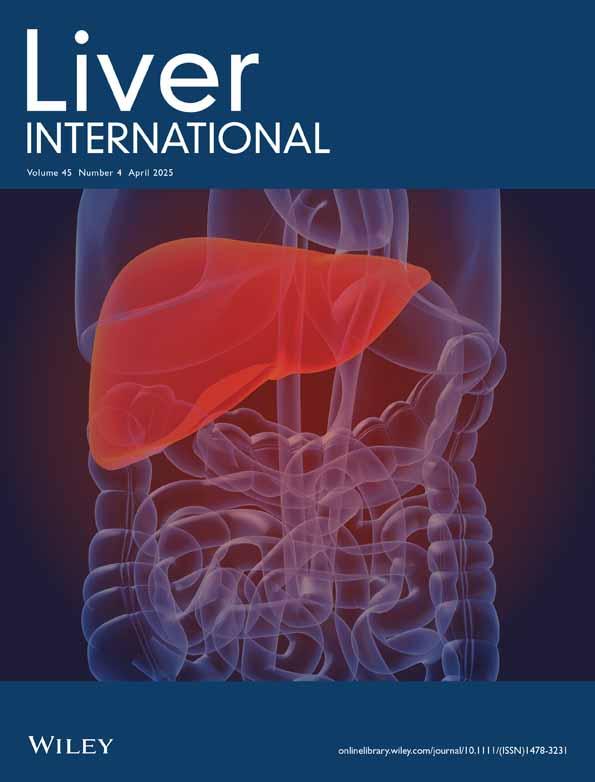Genetic Evidence for GLP-1 and GIP Receptors as Targets for Treatment and Prevention of MASLD/MASH
Handling Editor: Dr. Luca Valenti
Funding: This study was supported by grants from the National Natural Science Foundation of China (82373588, 82373686, 82173624 and 81872712), the Natural Science Foundation of Shandong Province (ZR2019ZD02), the Taishan Scholar Project of Shandong Province (tsqn202211025) and Cheeloo Young Talent Program of Shandong University awarded to Z.Y. J.Z. acknowledges support from the Shenzhen Medical Research Fund (A2403060 and C2401035).
ABSTRACT
Background and Aims
Glucagon-like peptide-1 receptor (GLP1R) agonists and glucose-dependent insulinotropic polypeptide receptor (GIPR) agonists may help treat metabolic dysfunction-associated steatotic liver disease (MASLD) and metabolic dysfunction-associated steatohepatitis (MASH). However, their definitive effects are still unclear. Our study aims to clarify this uncertainty.
Methods
We utilised conventional Mendelian randomisation (MR) analysis to explore potential causal links between plasma GLP-1/GIP concentrations and MASLD and its related traits. Next, we conducted drug-target MR analysis using highly expressed tissue data to assess the effects of corresponding drug perturbation on these traits. Finally, mediation analysis was performed to ascertain whether the potential causal effect is direct or mediated by other MASLD-related traits.
Results
Circulating 2-h GLP-1 and GIP concentrations measured during an oral glucose tolerance test showed hepatoprotective effects on MASLD risk (ORGLP-1 = 0.168 [95% CI 0.033–0.839], p = 0.030; ORGIP = 0.331 [95% CI 0.222–0.494], p = 6.31 × 10−8). GLP1R expression in the blood had a minimal causal effect on MASLD risk, whereas GIPR expression significantly affected MASLD risk (OR = 0.671 [95% CI 0.531–0.849], p = 9.07 × 10−4). Expression levels of GLP1R or GIPR in the blood significantly influenced MASLD-related clinical traits. Mediation analysis revealed that GIPR expression protected against MASLD, even after adjusting for type 2 diabetes or body mass index.
Conclusions
GLP-1/GIP receptor agonists offer promise in lowering MASLD/MASH risk. GIP receptor agonists can exert direct and indirect effects on MASLD mediated by weight reduction or glycemic control improvement.
Disclosure
The funders of the study had no role in study design, data collection, data analysis, data interpretation, or writing of the report.
Conflicts of Interest
The authors declare no conflicts of interest.
Open Research
Data Availability Statement
The GWAS summary statistics used in this study are publicly available. The GWAS summary statistics of eQTLs can be found at https://gwas.mrcieu.ac.uk/datasets and https://gtexportal.org/home/index.html. The GWAS summary statistics of circulating GLP-1/GIP concentrations can be downloaded from https://www.ebi.ac.uk/gwas/publications/29093273. The GWAS summary data of MASLD can be obtained from https://www.decode.com/summarydata as well as https://www.ebi.ac.uk/gwas/downloads/summary-statistics. The GWAS summary data of MASLD clinically related traits can be found at https://www.ebi.ac.uk/gwas/studies/GCST90319877 and https://t2d.hugeamp.org/, while the data for positive control analysis were extracted from https://gwas.mrcieu.ac.uk/datasets and https://t2d.hugeamp.org/.




